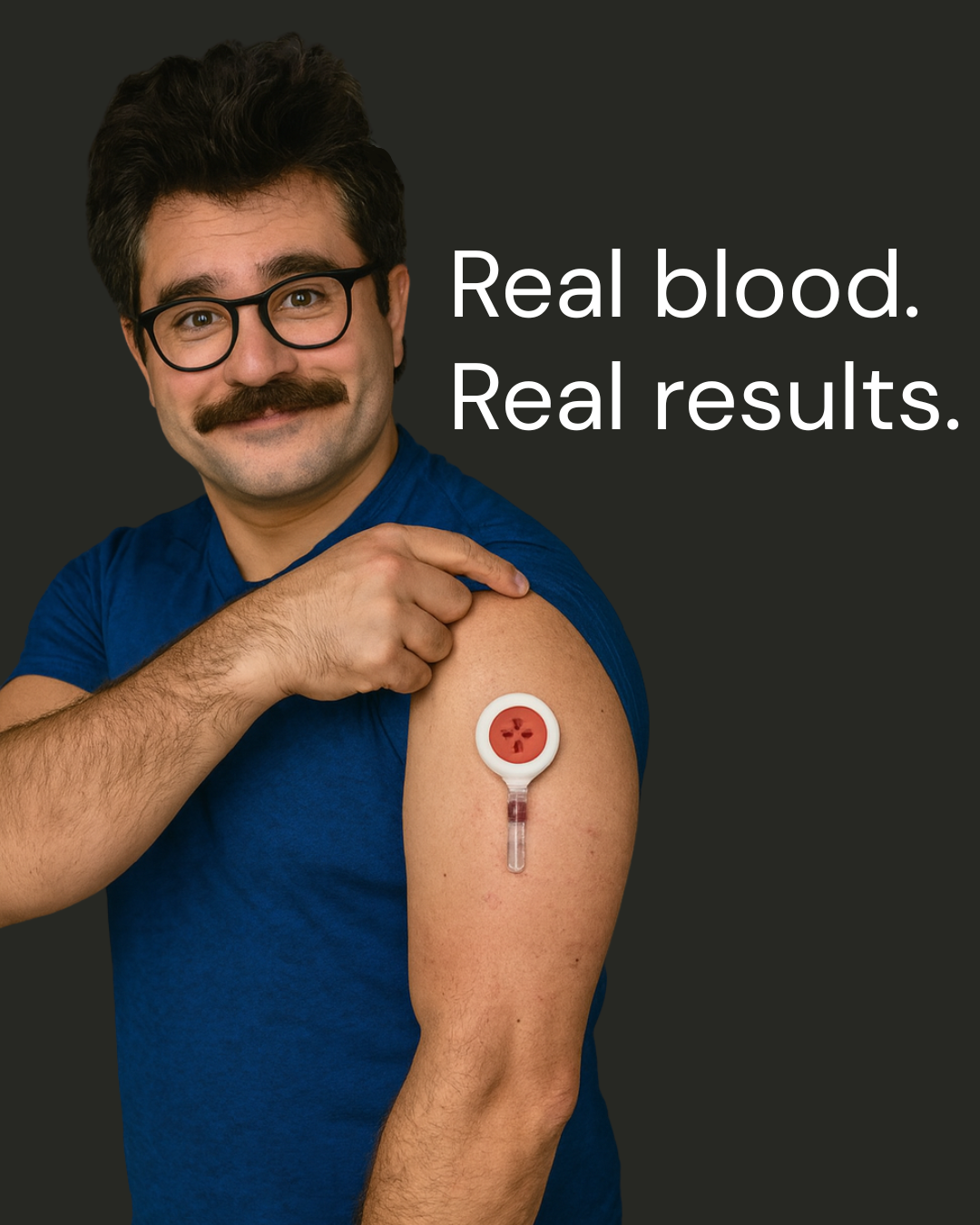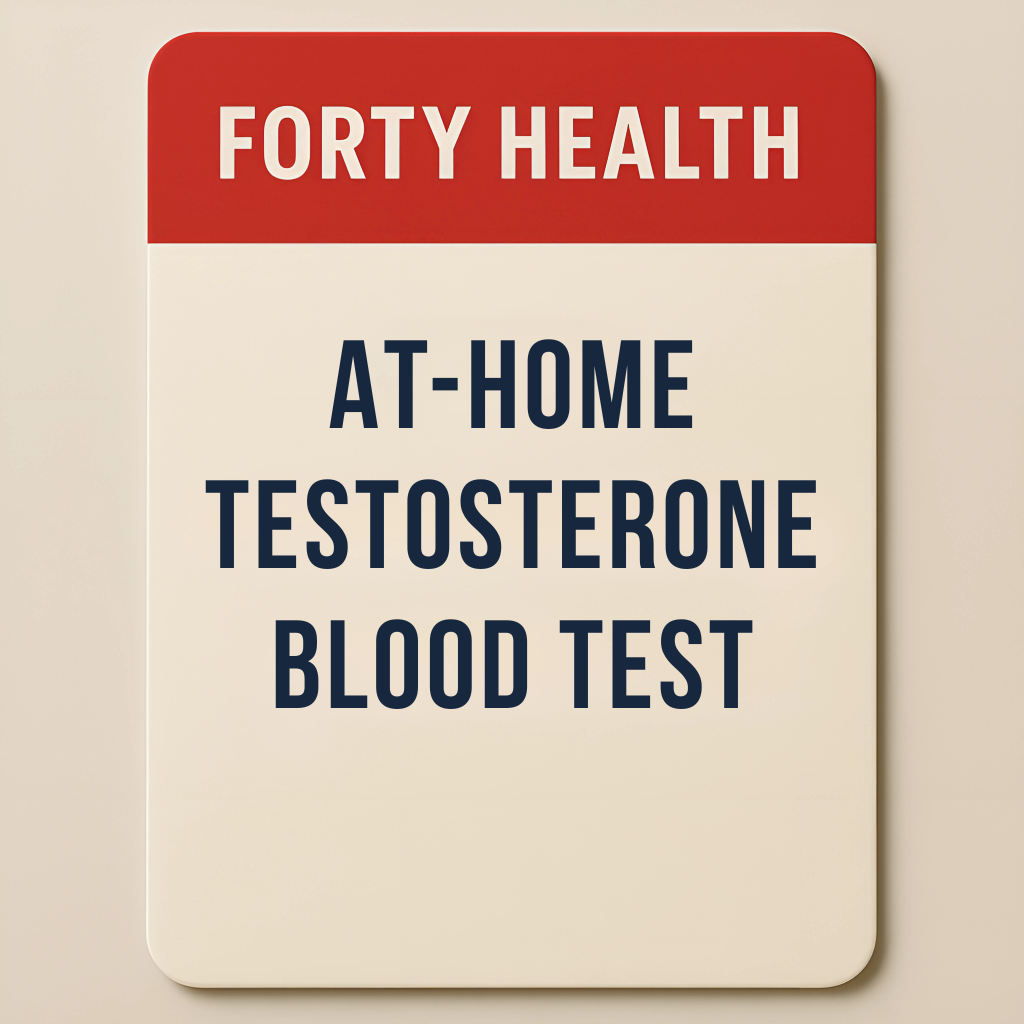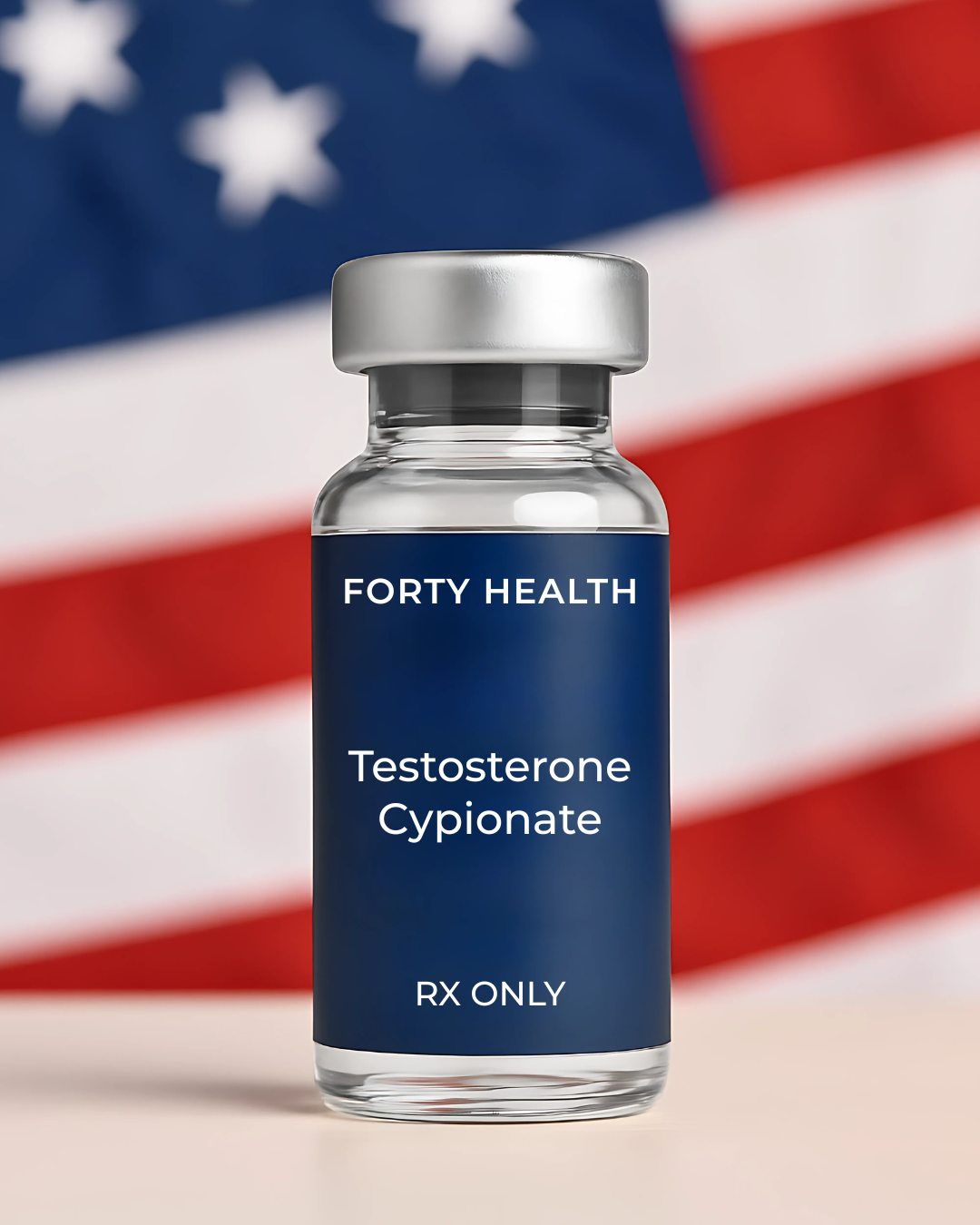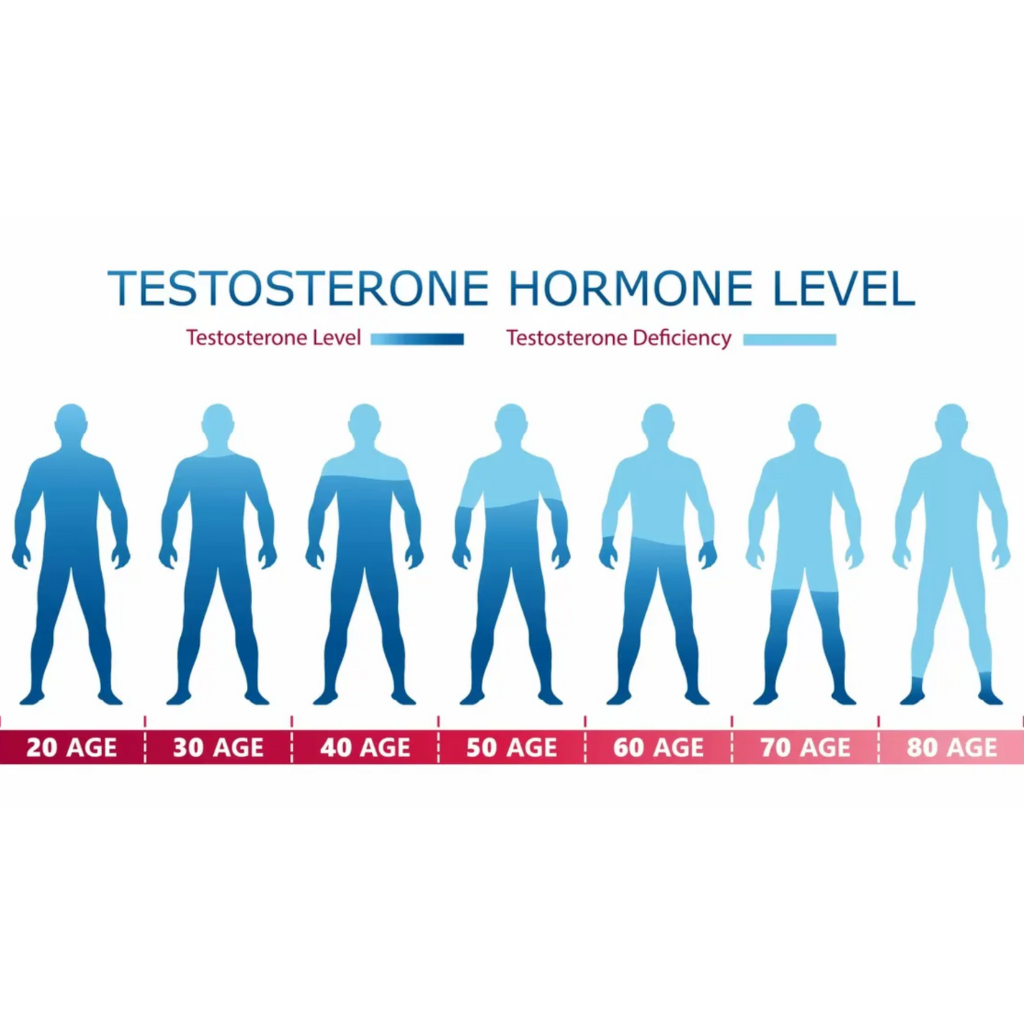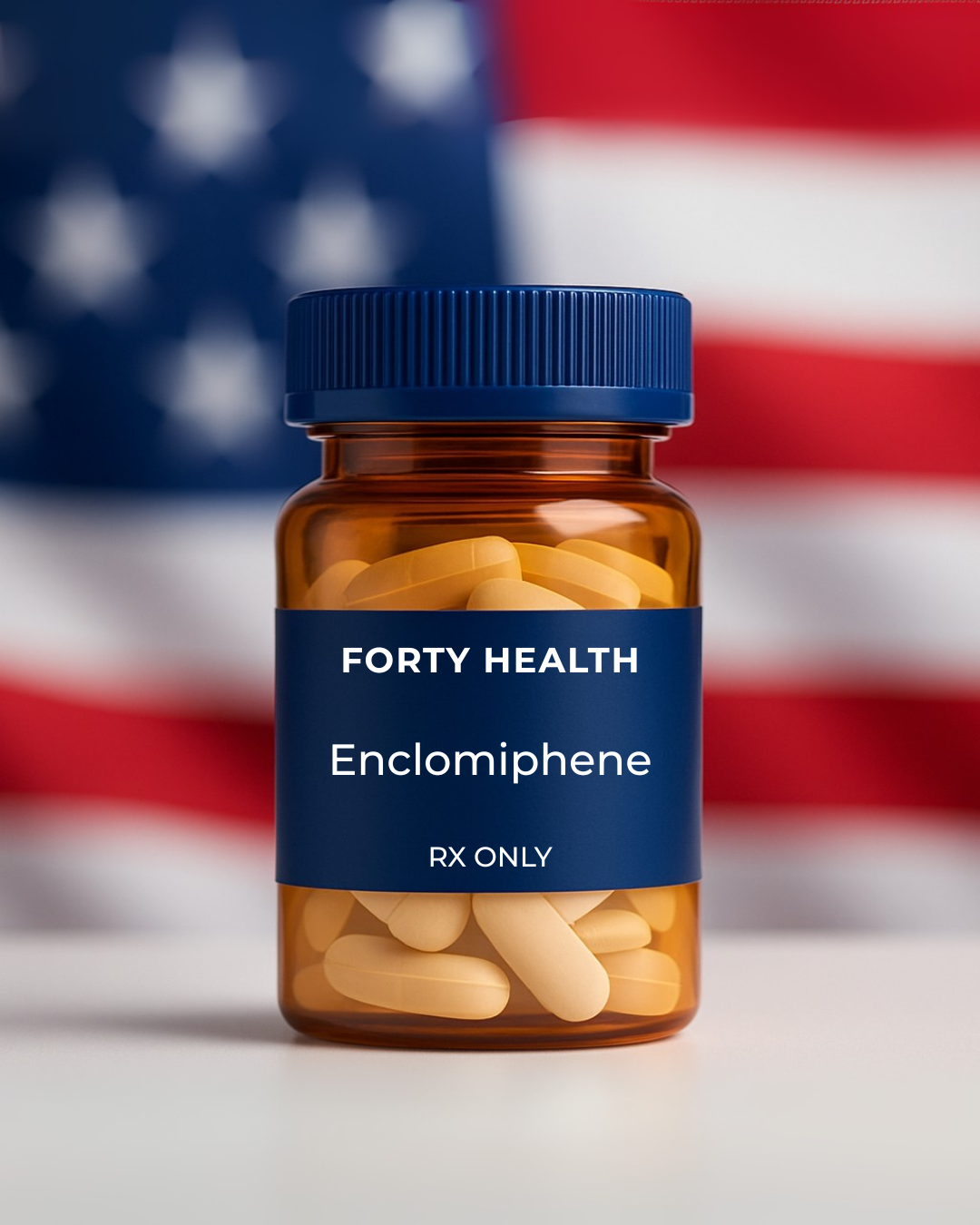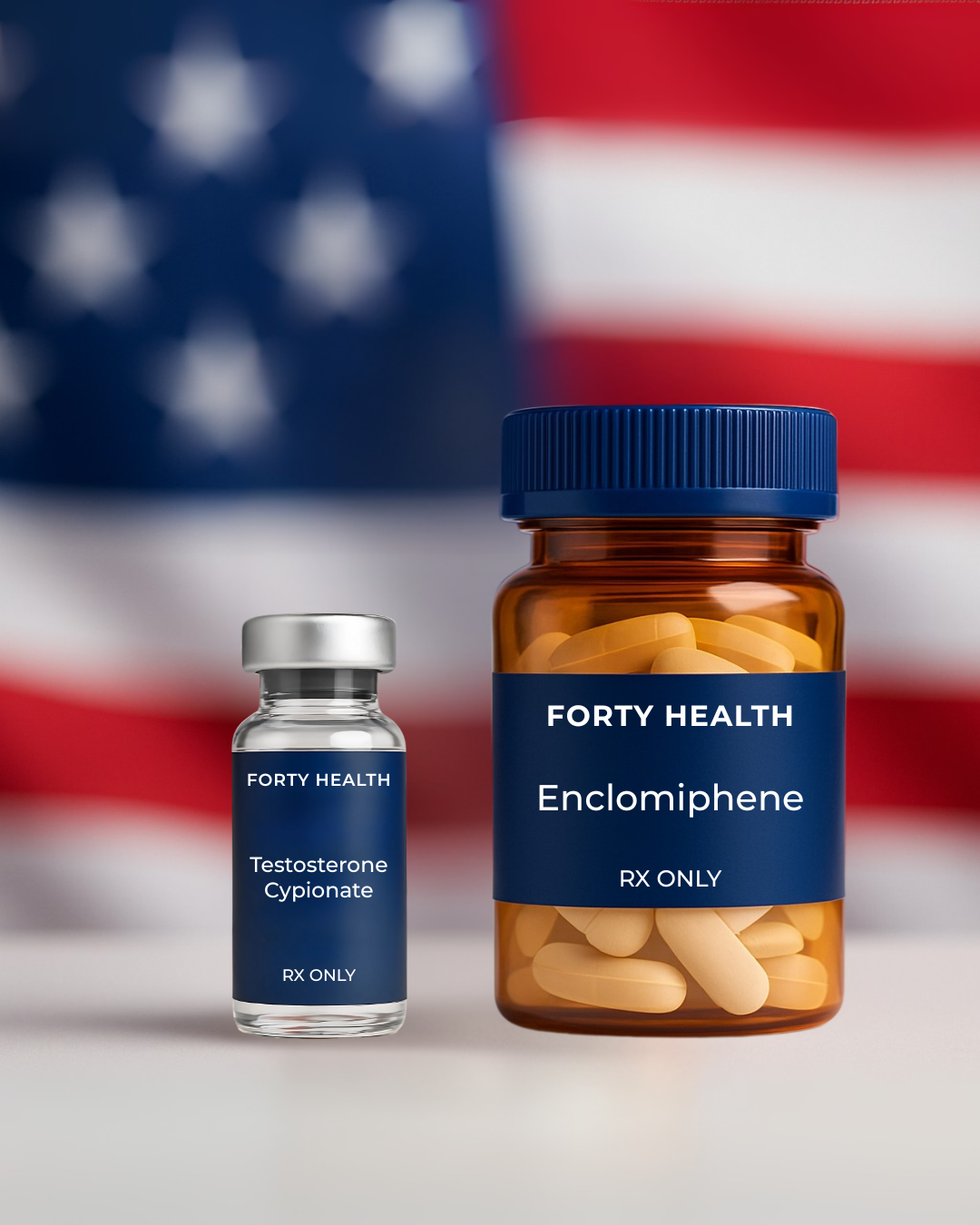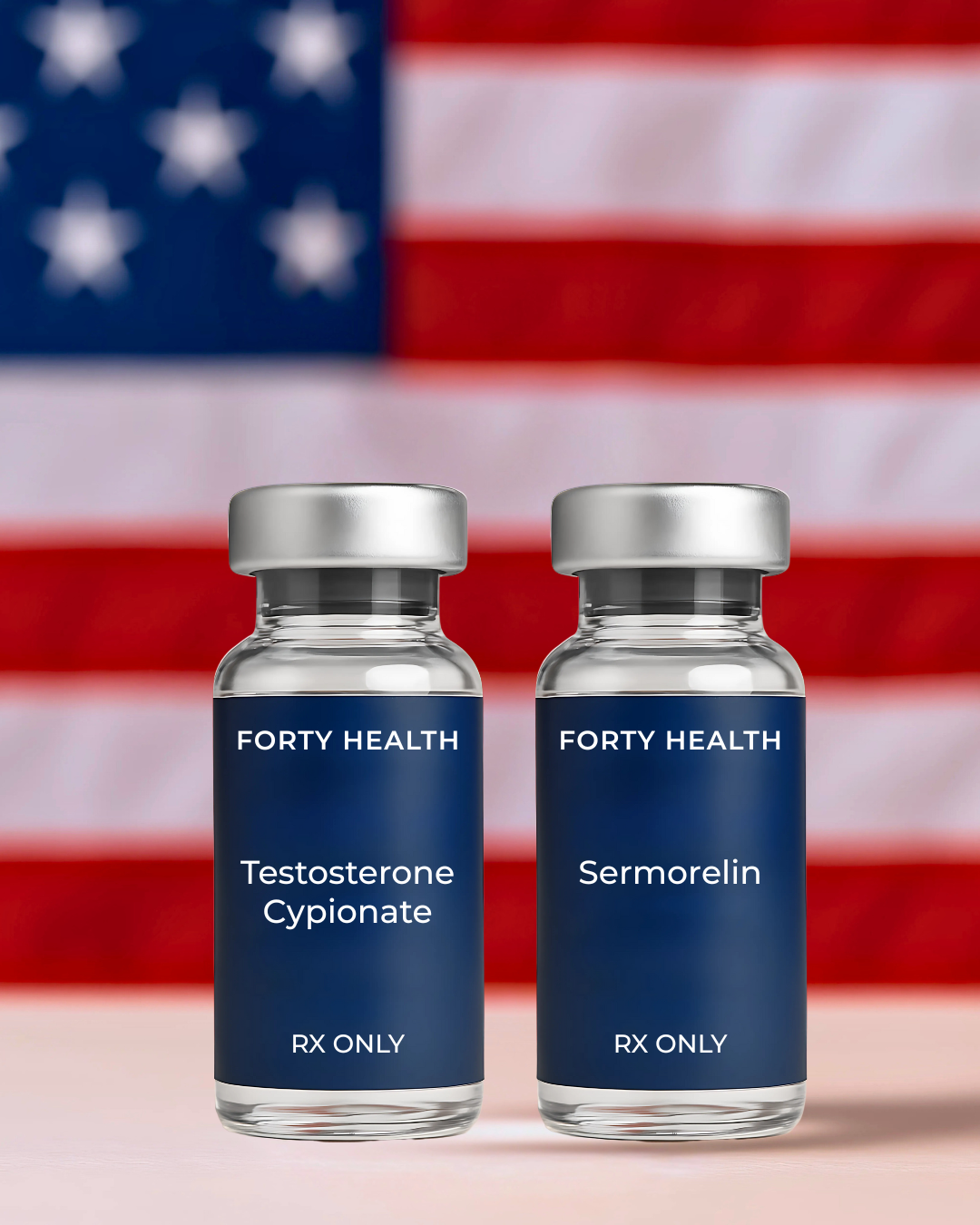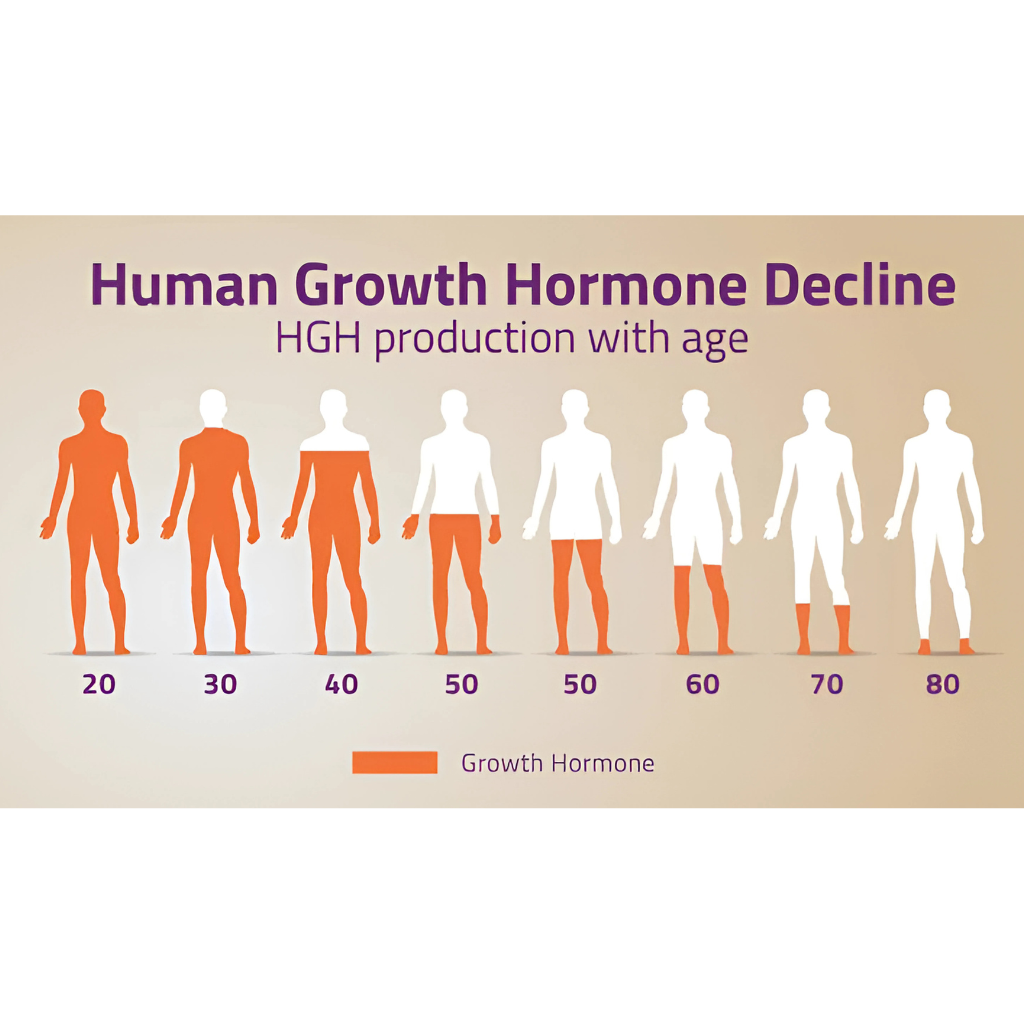
Testosterone replacement therapy (TRT)Have you felt constantly tired and low-energy, a lack of sex drive, and not enough muscle, although you’ve done all the “right” thing s? You’re not alone. Much of the male population above 30 begins noticing stuff they cannot pin down, and low testosterone is a primary reason.Perhaps the most powerful therapy for low testosterone is the injections. Still, one of the first questions men ask is: How long do testosterone injections actually take to work? The reality is that testosterone therapy does work, but it takes its time. It won’t be a quick fix, but if you stick with it, it will be so worth it. This blog will explain the testosterone injections' working process; nothing will be missed. We will elaborate on the first couple of days and discuss long-term changes. It will be described in a plain and simple manner.
What is testosterone
Testosterone is an important male sex hormone. It is credited with:
- Building muscle
- Enhancing sex drive
- Aiding bone health
- Assisting in controlling mood and energy
- Promoting facial and body hair growth
- Sustaining sperm production
For men with these symptoms, trt injection can make a difference in reducing symptoms and getting people back to feeling themselves.
How Do Testosterone Injections Work?
Testosterone injections are typically supplied intramuscularly (into the muscle) to the thigh or buttock muscle. Sex steroid injection will increase testosterone levels in your blood, gradually cancelling out the effects of low testosterone.
There are different injectable types of testosterone, which include:
- Enanthate
- Cypionate
- Undecanoate
While all three testosterone injections work differently, your doctor will help you choose the one that is ideal for your health and your goals.
How long does TRT injections take to work
Week 1-3: Some Ray of Hope
During the first couple of weeks of testosterone cypionate injection, any changes that occur are usually subtle. However, changes are occurring.
- Increased libido: Several men start to experience an increase in sexual desire or libido as early as the first (and sometimes second) week. By week 3, the increase often becomes more noticeable.
- Increased energy: If fatigue is among your primary episodes of low testosterone, you may experience a slight increase in energy.
- Stabilized mood: Testosterone can also stimulate a mood and reduce anxiety if you have either been irritable or depressed.
Don’t be alarmed if, at this point, you don’t instantly feel as though you went night and day differently.
Weeks 4–6: Emotional and Mental Improvements
By week 4 to 6, most men start noticing genuine emotional and psychological gains.
- Improved mood: Research indicates that men who take testosterone injections have a significant enhancement in the feeling of being better about themselves at around week 4.
- Reduced depression: If your low testosterone was linked to depressive feelings, this is often when the “fog” starts to lift.
- Sharper focus: Some men report improved cognitive function, better concentration, quicker thinking, and improved memory.
Keep in mind that individual responses vary. If you’re not feeling the emotional lift yet, it may still be coming.
Weeks 6–12: Physical Changes Begin
By 6 to 12 weeks, you will notice more visible and physical changes.
- Increased muscle mass: As testosterone plays a leading role in muscle growth, if you are training, you will probably find it easier to gain strength and definition of the muscles.
- Decreased body fat: Testosterone will burn fat, but it will do so more if combined with regular exercise.
- Better sexual function: You can also expect better erectile quality, ejaculatory quality, and satisfaction with sex.
- Enhanced sensitivity to insulin: It is wonderful for weight adjustment and energy shifts if you have a tendency to insulin resistance or Type 2 Diabetes.
Advice: To gain these advantages further, feed your body with appropriate nutrition, strength training, and proper sleep.
3–6 Months: Steady Progress
This is where testosterone therapy actually begins to do its thing for most people.
- Increased strength: You'll feel significantly stronger. Weightlifting will not appear so wearisome that you will recover from exercise faster.
- Fat loss persists: As you maintain your exercise regime, you will see your shape becoming more muscular and less fatty.
- Bone density: Consistent bone density improvement reduces the possibility of broken bones or osteoporosis.
- Cholesterol might improve: TRT may sometimes elevate healthier cholesterol ratios and cardiovascular health, but it relies on lifestyle and health.
- Increased energy: If fatigue forms part of your major episodes of low testosterone, you may enjoy a little improvement in energy.
6–12 Months: Long-Term Health Benefits
Following six months of regular treatment, testosterone shots continue to develop on earlier positive effects and perhaps add new ones:
- Red blood cell increase: This transports oxygen around your body and contributes to increased energy. (Your physician will watch this so it does not become too high.)
- Fat loss persists: As you maintain your exercise regime, you will see your shape becoming more muscular and less fatty.
- Bone density: Ongoing improvements in bone density minimize the chances of fractures or osteoporosis.
- Cholesterol might improve: TRT sometimes increases healthier cholesterol ratios and improves cardiovascular health, but it depends on lifestyle and health factors.
- Continued mood and cognitive gains: Most men report long-term gains in mental sharpness and emotional health.
By this point, testosterone treatment isn't about shrinking symptoms. It's about constructing a healthier way of life. Also read: Does Edging Increase Testosterone? Is Edging Good or Bad for Testosterone?
Factors That Impact How Quickly You Notice Results
Not all men respond to testosterone treatment the same way. A couple of things might affect how you react:
- Age: Older guys might not see some effects for a little longer, but many still do well.
- Lifestyle: Proper diet, exercise, and stress control enhance testosterone therapy.
- Dosage and Frequency: The form of testosterone that you are put on and how often you get it can influence how fast your levels can return to normal.
- Underlying Health: Obesity, diabetes, or chronic illness can block improvements. But they can be achieved.
- Adherence: Missing injections or deviating from the doctor's plan can hinder the advantages of testosterone therapy or slow improvements.
Also read: 5 Everyday Habits That Are Secretly Destroying Your Testosterone
Monitoring and Safety
Like any therapeutic regimen, following along and monitoring are critical. You will need to get bloodwork on a regular basis to check on testosterone levels and ensure that they are at the right level. Your physician will also have to examine other indicators such as hematocrit (the red blood cells and PSA (prostate-specific antigen). Finally, you will need to report any of these side effects of trt (acne, sleep apnea, or mood change) to make an informed decision about adjusting prescriptions. Although testosterone therapy is something one can monitor safely, it is of supreme importance to know everything and maintain contact with your healthcare provider to continue enjoying the effects as long as the therapy may be.
Conclusion
So, how soon does testosterone injection work? The short answer: You'll probably start seeing some improvements in a few weeks, but most significant benefits take 3 to 6 months to manifest completely. The longer you stay consistent, the greater your gains Mentally, try to view testosterone therapy as a reset; we are not looking for a fast-track solution. The path in front of you is to restore your energy back to the best version of yourself; a reset that will eventually help you feel stronger overall. If you are currently on this path or considering joining in, you won't be alone; feeling better is within reach.
- Increased libido
- Improved slightly in energy
- Stabilized mood

